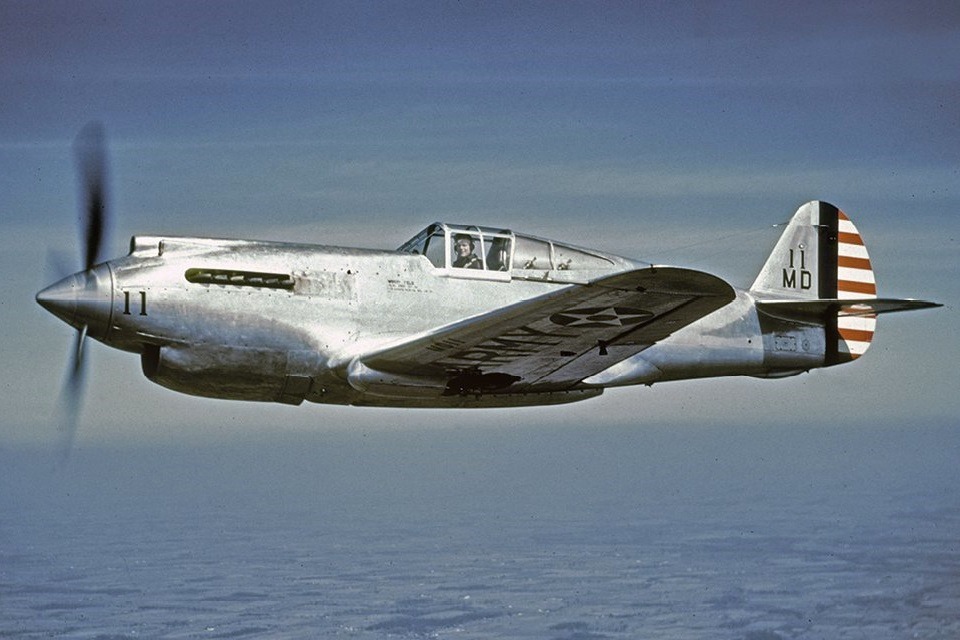
The Fisher XP-75 Eagle, an ambitious project conceived during the crucible of World War II, stands as a cautionary tale of how even the mightiest of corporations can falter when venturing into unfamiliar territories.

The objective was straightforward: build an interceptor that could outclass the enemy with the fastest climb, speed, and the longest range possible. Unfortunately, the outcome was anything but a success.

Born out of the need for long-range, high-altitude escort fighters after the United States entered WWII in December 1941, the War Department mobilized Detroit’s powerhouse car manufacturers, among them General Motors, who concocted a plan under their Fisher Body Division to design their own fighter. The idea seemed sound on paper;Utilize current car manufacturing efficiencies to quickly produce aircraft. This included repurposing spare parts from different aircraft like Curtiss P-40 Warhawk wings and Douglas SBD Dauntless empennage.

However, airframe assembly for production is significantly different from designing, testing, and manufacturing a brand new aircraft from the beginning. Fisher would soon discover this distinction. The company chose to install a new, experimental engine in the middle of the aircraft instead of the front, and linked it to twin contra-rotating propellers through two drive shafts.

This unique and complex powertrain posed new challenges for the flight test engineers to address. Fisher opted for the Alison V-3420, a massive 24-cylinder behemoth also from a GM branch. Paired with a six-bladed contra-rotating propeller, and boasting 2,600 horsepower, nothing in the water-cooled, piston-engine class even approached this level.

The XP-75’s maiden flight took place on November 17, 1943, and by October 1944, just as the program was gaining some semblance of momentum, it was shut down.

The resulting aircraft were unstable and underperformed drastically, leading to a unanimous decision to cancel the contract after the production of a mere 14 aircraft, comprising eight prototypes and six production models.

The cost of this endeavor was exorbitant. In today’s dollars, each P-75 Eagle cost approximately $9,375,000, compared to the $1.2 million for a Republic P-47 Thunderbolt, which the P-75 was intended to replace.

Despite the project’s failure, there is a tangible legacy—the sole surviving XP-75. Serial No. 44-44553 is the only Eagle to have weathered the passage of time,It is located in the Experimental Aircraft Gallery of the National Museum of the United States Air Force at Wright-Patterson AFB near Dayton, Ohio. This particular aircraft underwent a significant restoration project that began in 1999 due to extensive deterioration. Fortunately, the project was successful, unlike the fate of the plane itself.

With an experimental engine that underperformed, the Fisher P-75 was doomed to failure.

Contrary to the saying “If it looks good, it will fly well,” the P-75 appeared awkward and performed poorly. It was slow, unstable, and prone to stalling and spinning during dogfighting maneuvers.
related images you might be interested.










